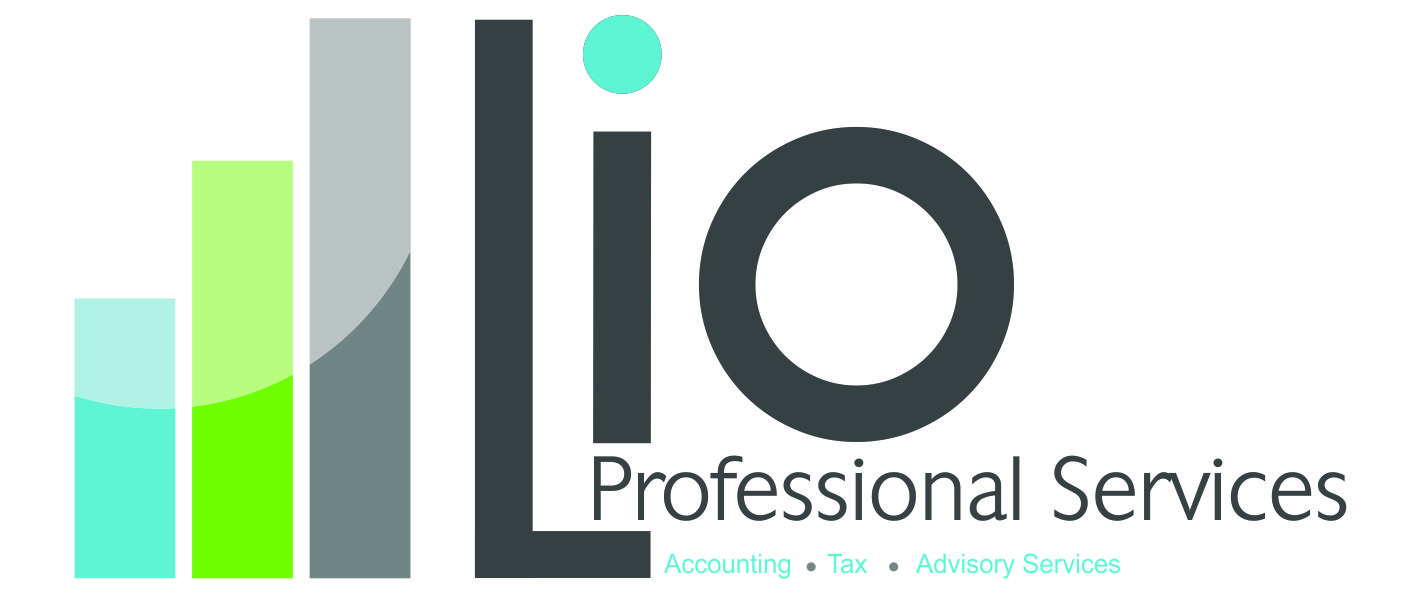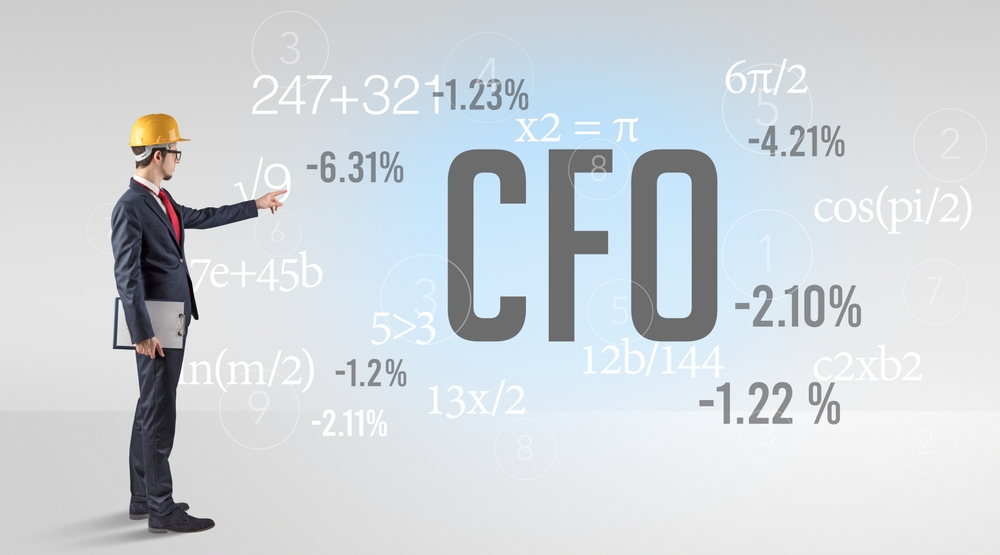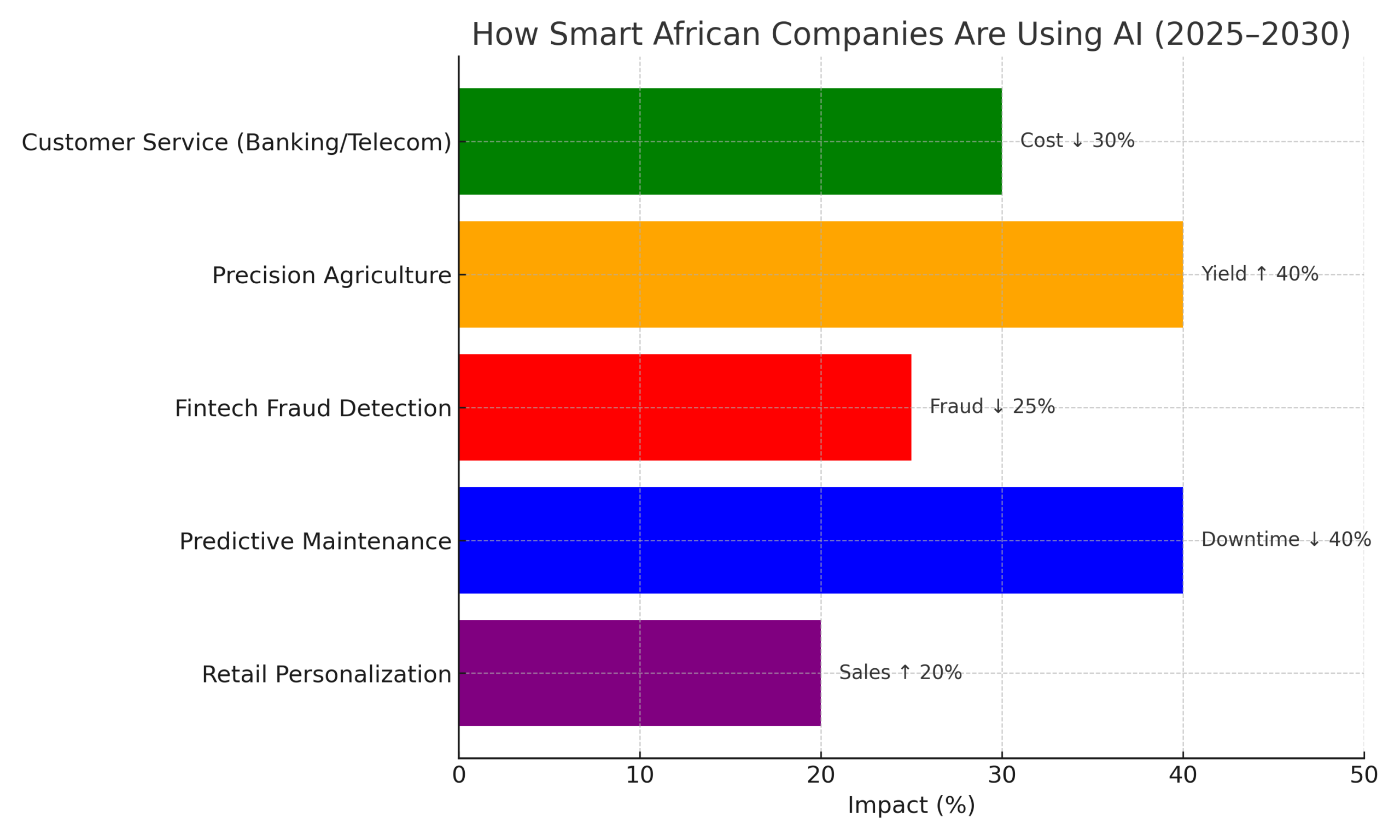Accounting and financial management for the construction & real estate owners – Part 3.
In Part 2, we talked about the differences between cost control and cost reporting. By now you should be in position to understand just how both processes are important especially if done at the right time. Just a re-cap of part 2
Cost reporting and cost control are two important aspects of construction accounting that serve different purposes. Cost control refers to the process of managing and keeping track of project expenses in order to stay within a budget. This includes monitoring costs and identifying ways to reduce them, as well as making sure that all costs are properly documented and tracked. Cost reporting, on the other hand, is the process of providing information about project costs to stakeholders. This may include creating reports that show the current status of project expenses, as well as identifying any areas where costs may be overrunning the budget. In summary, cost control is the active process of keeping costs within a budget while cost reporting is the passive process of reporting the cost status to stakeholders.
In this part of the series, we introduce you to 3 key Cost control ledgers every small to medium construction company must maintain to run a sustainable construction business. The General ledger, job cost ledger the equipment ledger.
1. The General ledger
A general ledger is a record of all financial transactions for a business or organization. In a construction accounting system, the general ledger typically includes information on all income, expenses, assets, liabilities, and equity for the construction company. This information can be divided into different account categories, such as accounts payable-retention, accounts receivable- retention, payroll, and cost of goods sold, etc
The general ledger is important because it provides a complete and accurate record of all financial transactions for a construction company. This information is used to prepare financial statements, such as balance sheets and income statements, which provide a snapshot of the company’s financial health. The general ledger also serves as the foundation for all accounting and financial reporting, and it is used to produce financial reports and make informed business decisions. Additionally, it also helps in identifying and tracking any discrepancies, errors and frauds.
In summary, the general ledger is a record of all financial transactions for a construction company and it is important because it provides a complete and accurate record of all financial transactions for a construction company. It serves as the foundation for all accounting and financial reporting, and it is used to produce financial reports, make informed business decisions, and identify any discrepancies, errors and frauds.
2. The Job cost ledger
A job cost ledger is a specialized ledger used in the construction industry to track and record all costs associated with a specific job or project. It includes information on the costs of materials, labor, equipment, and any other expenses associated with the job.
One of the key benefits of a job cost ledger is that it allows construction professionals to track costs against budget. For example, if a construction company has a budget of $500,000 for a specific project, they can use the job cost ledger to track actual costs as they occur and compare them to the budgeted costs. This allows them to identify any cost overruns or variances and make adjustments as necessary to stay within budget.
As you can see, for decision making purposes you need to record costs per project and then these feed into the general ledger.
3. The equipment ledger
The equipment ledger is a specialized ledger used in the construction industry to track and record all costs associated with equipment used on construction projects. This includes costs such as rent and lease payments, Apportioned costs, maintenance and repair costs, fuel and operating costs, depreciation and any other expenses associated with the use of the equipment. It allows construction businesses to accurately identify and manage costs associated with equipment use, if the company must stay profitable.
Costs from the equipment ledger must be tracked and linked back to the general ledger.
The accounting system you set up should be able to provide you with information you need for your business. The relationship between these 3 ledgers is that at the end of the day, the job cost ledger and equipment ledger balances must link and reconcile to the General ledger balances.
It’s always advisable to work with an accountant who has experience working in the construction industry.






